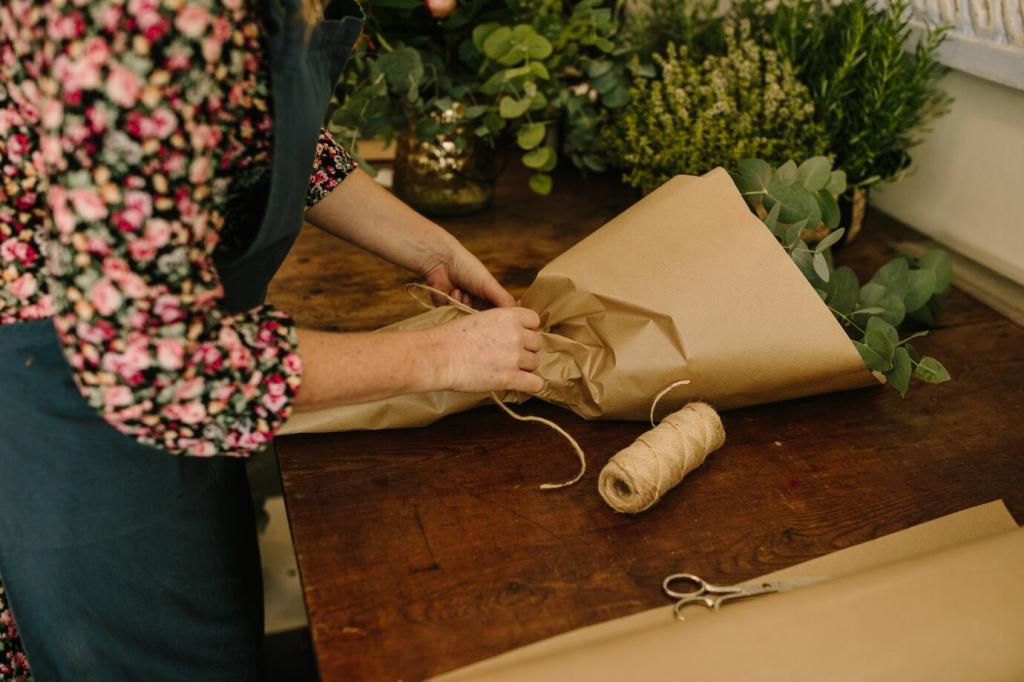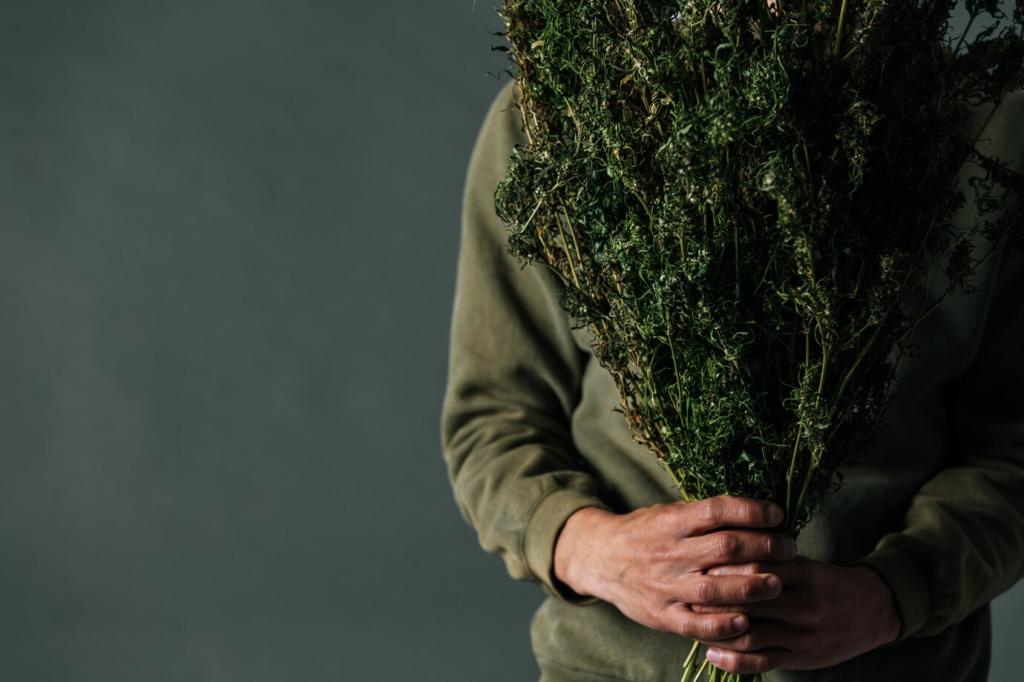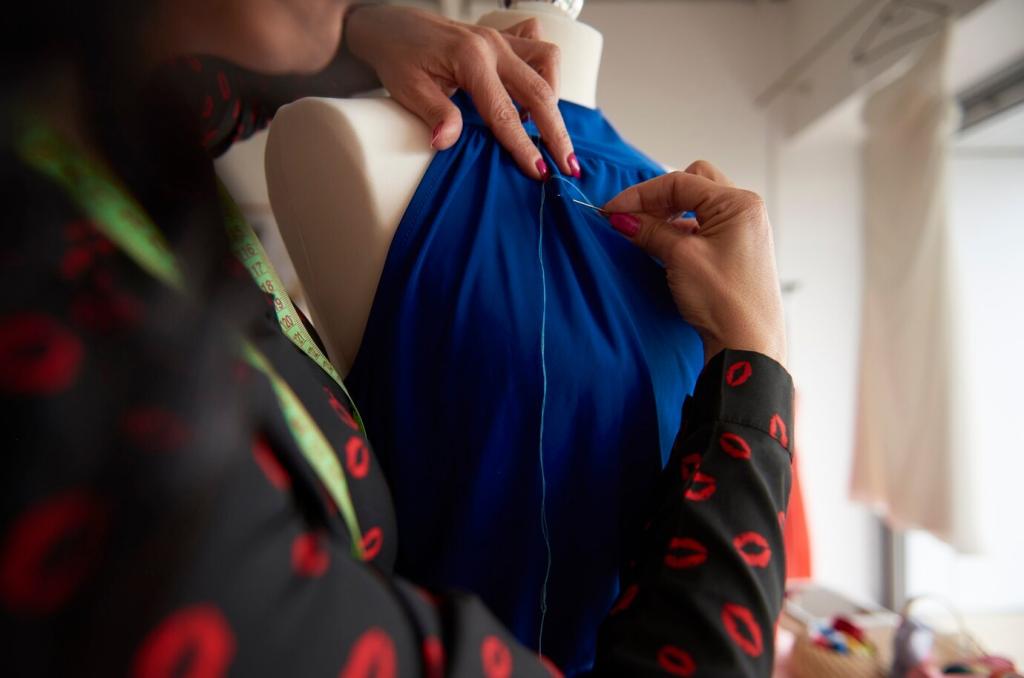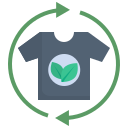The Evolution of Ethical Clothing: From Conscience to Culture
Selected theme: The Evolution of Ethical Clothing. Step into a living timeline where fashion grows a heart, workers gain a voice, and style becomes stewardship. Discover how small choices ripple across supply chains, reshape design, and redefine what it means to get dressed with care. If this resonates, subscribe and share your own turning point toward more ethical wardrobe habits.
Roots of Responsibility: How Ethical Fashion Began
From Homespun Values to Factory Realities
As textile mills replaced handcraft, efficiency soared—but so did human costs. Workers faced long hours, low pay, and unsafe spaces. Early campaigns for shorter workdays and safer factories planted the moral questions that still guide ethical fashion today. Which early moments first stirred your conscience as a shopper?


Materials That Matter: Fiber to Future
Organic cotton, linen, and hemp can support healthier soil and safer farm work. Regenerative practices store carbon and protect biodiversity, while reducing chemical exposure for field workers. Ask brands about farm-level programs and premiums paid to growers. Would you like a subscriber-only guide to questions that actually get answered?

Materials That Matter: Fiber to Future
TENCEL Lyocell, recycled wool, and pineapple or mycelium-based alternatives aim to reduce resource use. Recycled polyester rescues waste yet sheds microfibers. The nuance matters: innovation shines when paired with durability, careful care, and clear end-of-life plans. What emerging materials intrigue you most, and why?
Craft, Repair, and Circularity
A reader told us about her grandfather’s jacket, patched with careful sashiko stitches after every season. Those repairs became family lore, each thread a memory. Mending transforms flaws into features and keeps stories alive. Post your latest repair and tag us—your before-and-after could inspire someone’s first stitch.
Craft, Repair, and Circularity
Thrift shops, swaps, and peer-to-peer platforms make circular fashion feel like a treasure hunt. Buying pre-loved extends a garment’s life and shrinks demand for virgin production. Share your best thrift find and what made it special—provenance, quality, or the thrill of giving something a new chapter.


Tech and Traceability: Seeing the Unseen
True transparency goes beyond the final factory to spinners, mills, and farms. Brands are publishing tiered maps and investing in verification. That visibility helps fix problems where they start. Would a downloadable checklist of key transparency terms help you parse brand reports more confidently?
Scannable labels and emerging product passports promise material origins, care guidance, and repair resources at your fingertips. They can reduce greenwashing if backed by credible data. Try scanning your next purchase and share what you learn—or what the label still refuses to reveal.
Numbers alone cannot center people. Ethical evolution means using tech to elevate worker voices, not just meet a metric. Grievance channels, union access, and wage progress must be visible. Tell us: which human-centered indicators would you like to see on every product page, always and forever?



Equity, Culture, and the Clothes We Honor
Fair pay requires more than a code of conduct. Brands must order responsibly, pay on time, and support wage benchmarks that reflect real life. Progress happens when purchasing teams align with values. If you support living wage commitments, drop a comment and we’ll compile a reader-backed pledge list.
Equity, Culture, and the Clothes We Honor
Cultural motifs deserve attribution and consent. Ethical evolution highlights partnerships with artisans, shared profits, and community stewardship. The best collections tell stories with, not about, their cultures. Recommend artisans, cooperatives, or brands modeling respectful collaboration—we love spotlighting good actors our community trusts.
